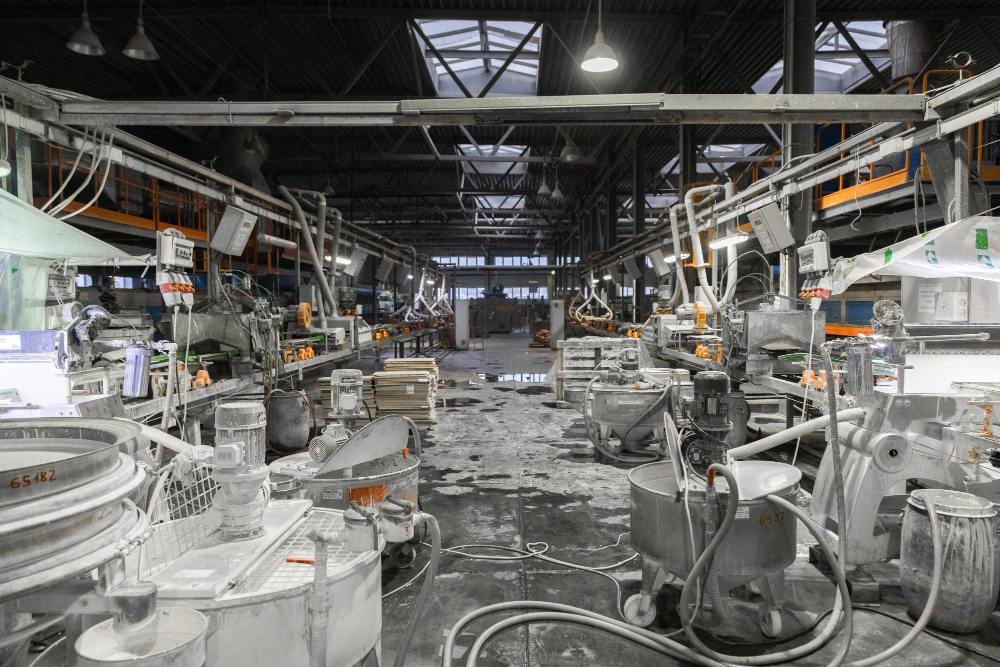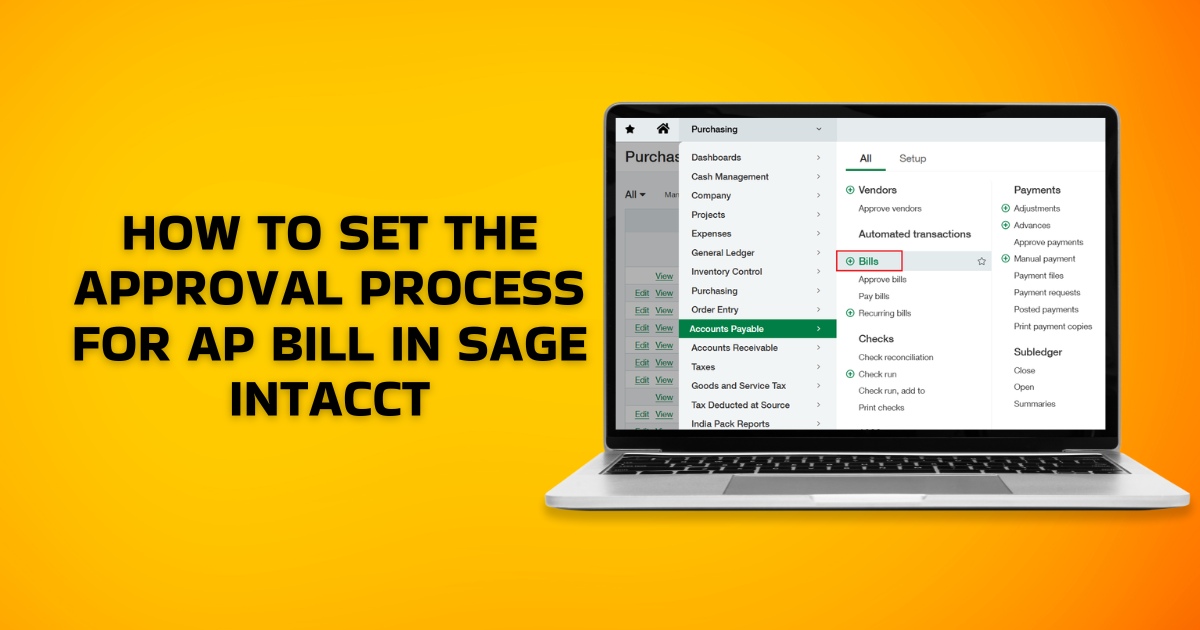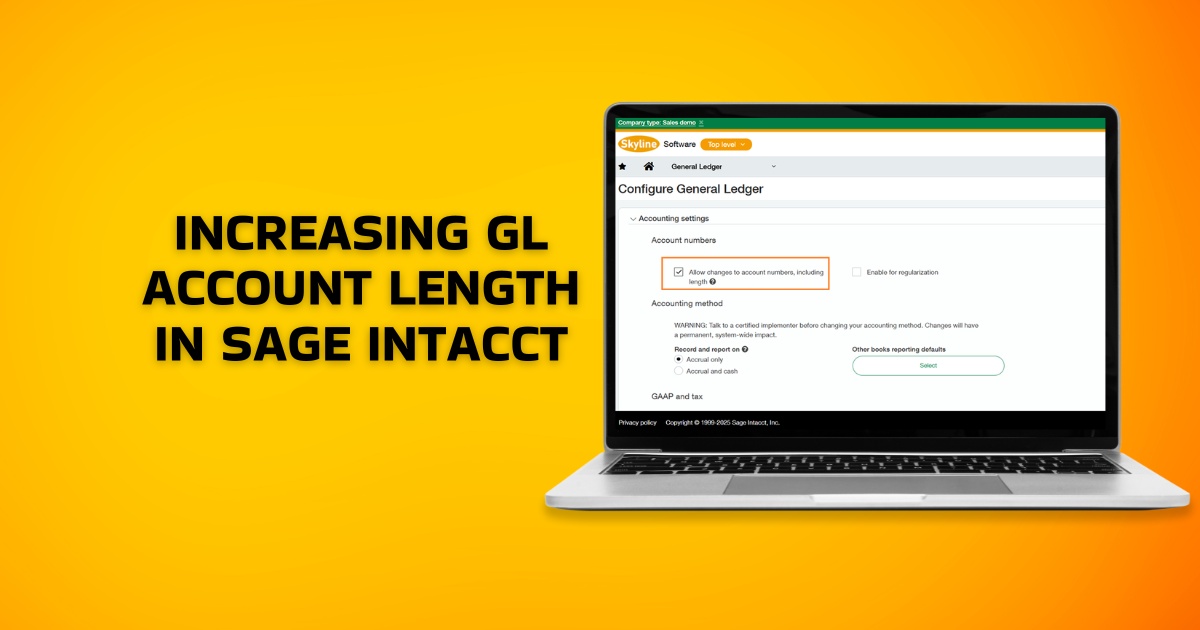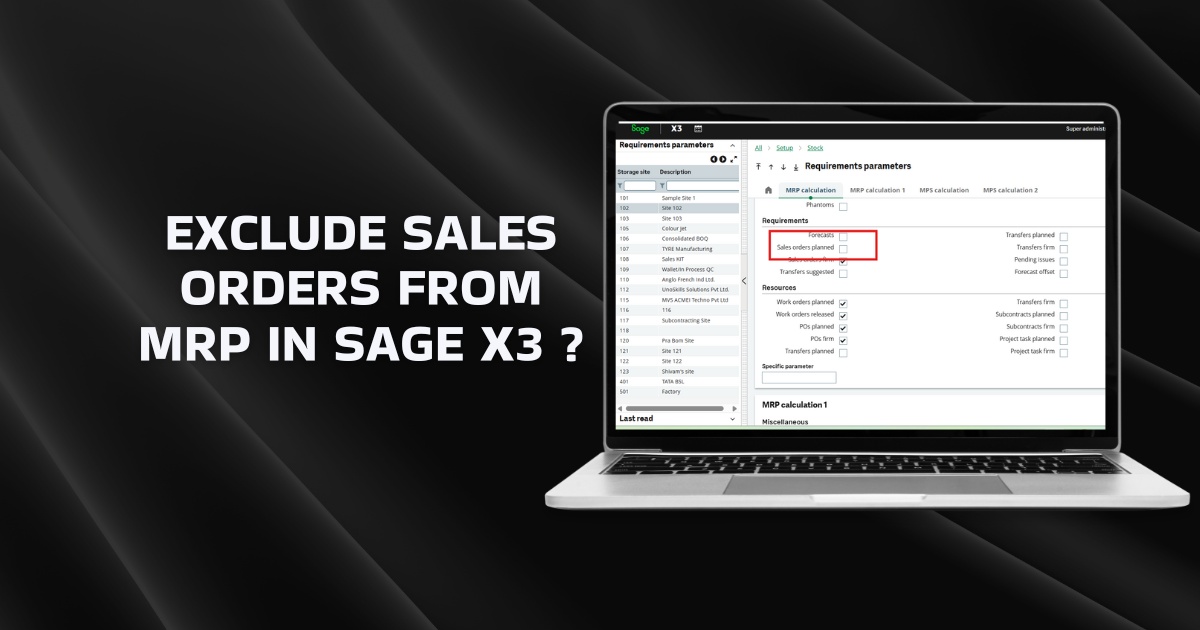The paint industry in India is extremely complex and competitive in nature. It faces a multitude of challenges from fluctuating prices of raw materials, inconsistencies in the multi-level formula specifications, lack of traceability throughout the supply chain operations and quality inspection, to regulatory compliance. If you are looking to drive success & achieve amazing results, we’ve got you covered. Keep on reading.
What is ERP for Paint Manufacturing?
ERP for paint manufacturing is an industry-tailored business management software that provides absolute control over the paint manufacturing & distribution operations, and enables real-time tracking & monitoring at all levels. It is a specialized solution that enables paint manufacturers to measure the quality of their raw materials, achieve optimum inventory capacity, set better pricing strategies, and reduce supply chain complexities.
ERP software for paint and coatings manufacturers provides a single platform that facilitates a granular view of the business operations. It improves efficiency in the raw material procurement, formula management, order tracking & processing, and various other processes specific to the paint industry. With ERP for paint industry, decision-makers can gain actionable insights through customizable dashboards for smart & data-driven decision-making.
ERP implementation for this industry will help businesses boost operational efficiency, lower costs, provide better customer service, and gain a competitive edge. Further, it is a centralized and automated system that helps in collaboration and insightful decision-making.
Overview of the Paint Manufacturing Industry in India
The paint manufacturing industry is a huge and thriving sector. It is diversely used for construction, automobiles, electronics, infrastructure, and consumer goods. The paint industry manufactures different paints, such as decorative, industrial, automotive, and protective coatings. In addition to all that, there is a growing demand for paint exports, which increases the opportunities for growth and expansion.
In recent years, India has witnessed tremendous growth in the paint sector, mainly due to urbanization, infrastructure development, and increasing demand for aesthetics. In India, the top players in the industry offer a portfolio of diverse paint products to address customer preferences and industrial needs. The paint production process comprises the formulation of paint recipes, the procurement of raw materials, stringent quality control measures, and adherence to regulatory standards.
Now the industry is focused on innovation and the manufacturing of eco-friendly and sustainable paint formulations. Digitalization and technology have been facilitators in boosting operations, supply chain management, financial management, and customer engagement.
You May Also Like: ERP for Chemical Industry
Challenges Faced by Paint Manufacturing Companies
Paint manufacturers have multiple challenges and expectations to meet, such as adhering to stringent compliance, meeting consumer expectations, and staying competitive in this vast business landscape. Here are some of the challenges facing the Indian paint sector:
1. Raw Material Pricing
The price of the paint is determined based on all the raw materials used in the production process. So approximately 300 raw ingredients are used for paint production, of which the three main ingredients are titanium dioxide, phthalic anhydride, and pentaerythritol. These three ingredients will form 50% of the total cost, whereas titanium dioxide is 30%. The other ingredients constitute 70%. So, the price of the paint depends on the costs of the raw materials; any fluctuations in the prices of the raw materials will impact the profit margin.
2. Environmental Hazards
A large amount of lead, mercury, and chromium can be found in the paints manufactured in India. All these chemicals can cause serious health hazards. So companies are under very severe pressure to introduce new manufacturing methods with the intention of producing paints with a low amount of VOC (volatile organic compound) and minimal aromatic content. Plus, the contents of the above three chemicals have to be lowered to make the paint eco-safe.
3. Demand for Decorative Paints
Consumer preferences keep changing based on changing trends. Now, due to urbanization, consumers change paint patterns more frequently, which puts pressure on the paint manufacturers. As the industry embraces more digital tools, customers are becoming more demanding when it comes to color, finish, and other variables. Keeping up with trends requires manufacturers to stay ahead of the curve and develop innovative products that meet customer needs.
Benefits of ERP for Paint Industry
ERP for the paint manufacturing industry helps the Paint manufacturer manage and simplify the business processes. It can streamline and optimize key features such as inventory management, procurement, supply chain functions, and distribution. Plus, it also helps in gaining a competitive advantage among the paint industries.
1. Procurement Management
ERP systems for paint and coatings manufacturers have a procurement module that helps manage various types of ingredients purchased. The vendor contract price feature helps to control the material procurement at the correct values and approval level, ensuring that every Purchase Order goes through with a defined authority matrix only.
A pending Purchase Order Report on the basis of the expected arrival date helps the purchaser make sure the material is available at the Store at the right time.
2. Inventory Management
An inventory management system is crucial for any business, as it will have a huge impact on it. You can maintain a minimum inventory level in the Paint Manufacturing industry, which helps you generate automatic Purchase Requisitions and makes sure that your production process will not get stuck because of a material shortage.
The inventory management module manages multiple warehouses and plants from a single system, which helps centralize accessing data for all the concerned end users. Paint manufacturing software helps with real-time data updates and gives the exact position of your inventory with respect to Quantity as well as Valuation.
3. Production and Planning
The planning module helps the planner schedule their shop floor activities to achieve the expected finished goods completion date. The monthly, weekly, and annual MRP reports help them make available material on the shop floor at the right time.
MSP Reports helps them schedule the production batches on the basis of delivery schedules to customers.
4. BOM (Bill of Materials)
You can define multiple bills of material and multiple revision features that help to suit the industry and fulfill the customer’s expectations. You can create a job card and attach components and required resources. The cost of production can be easily tracked in the ERP for the paint manufacturing industry.
5. Finance
The Accounts Payable and Accounts Receivable modules are totally integrated with the Operation and Production modules. All financial transactions in business processes can be maintained as per standard accounting norms.
You can configure the authority matrix for your financial transactions and implement the maker-checker concept in Paint ERP. Your foreign currency transaction can be done more effectively, and the calculation of exchange gain or loss accuracy can be handled efficiently by the system.
6. Intelligence Report Tool
You can easily extract your real-time data and generate budget vs. Actual, YTD, MTD, and comparative reports in a graphical manner. With ERP for paint and coatings, get instant and current reports with this intelligent reporting tool.
You May Also Like: ERP For Plastic Industry
Unleash Your Paint Business Potential with Sage X3
Automate your core business processes, gain operational visibility, and ensure your paint chemical formula compositions fall within the industry regulations with a unified paint manufacturing software tailored for your business needs. Drive more sales, simplify the tedious task of inventory management, and effectively face new challenges in today’s highly complex and fast-paced business landscape.
Sage X3 is a multi-functional paint ERP software that lets you manage workflows, track customer queries, collaborate with suppliers, align resources efficiently, schedule production activities, perform precise budgeting, and become audit-ready. If you are looking to expedite your business operations, drive sales, and capture new opportunities, look no further and deploy Sage ERP today!
Frequently Asked Questions (FAQs)
1. What is ERP for Paint Industry?
ERP for paint industry is a specialized software that manages all the intricate processes in the paint manufacturing industry, and provides absolute control over all the business operations. It is a business-critical solution that automates billing operations, tracks product quality & reliability, optimizes the flow of inventory, and helps achieve your production targets.
2. What are the features of ERP software for paint and coatings manufacturers?
ERP for paint manufacturing is a growth-oriented solution. Here are its key features:
- Formula Management: Manage & approve production formulas for better consistency
- Predictive Insights: Gain predictive insights into sales & customer behavior
- Adaptability: Adapt to changing market needs to grab new opportunities
- Business Intelligence: Drive innovation and promote the smooth flow of information
- Regulatory Compliance: Reduce the risk of non-compliance
3. What is the best Paint Manufacturing Software?
Sage X3 is the best-in-class paint ERP software that provides a myriad of features. It enables you to control & monitor complex business processes. It provides industry-tailored features to achieve targeted production in preplanned time, excel in production planning & budgeting, and get detailed reports for smart decision-making.
4. How much does Paint ERP Software cost?
There is no one-size-fits-all answer as the cost for the ERP application depends on several factors, such as the software licensing fees, module requirements, number of users, and additional customization & training. While on-premise solutions have a higher upfront cost, the cloud-based counterparts charge an annual subscription fee.







